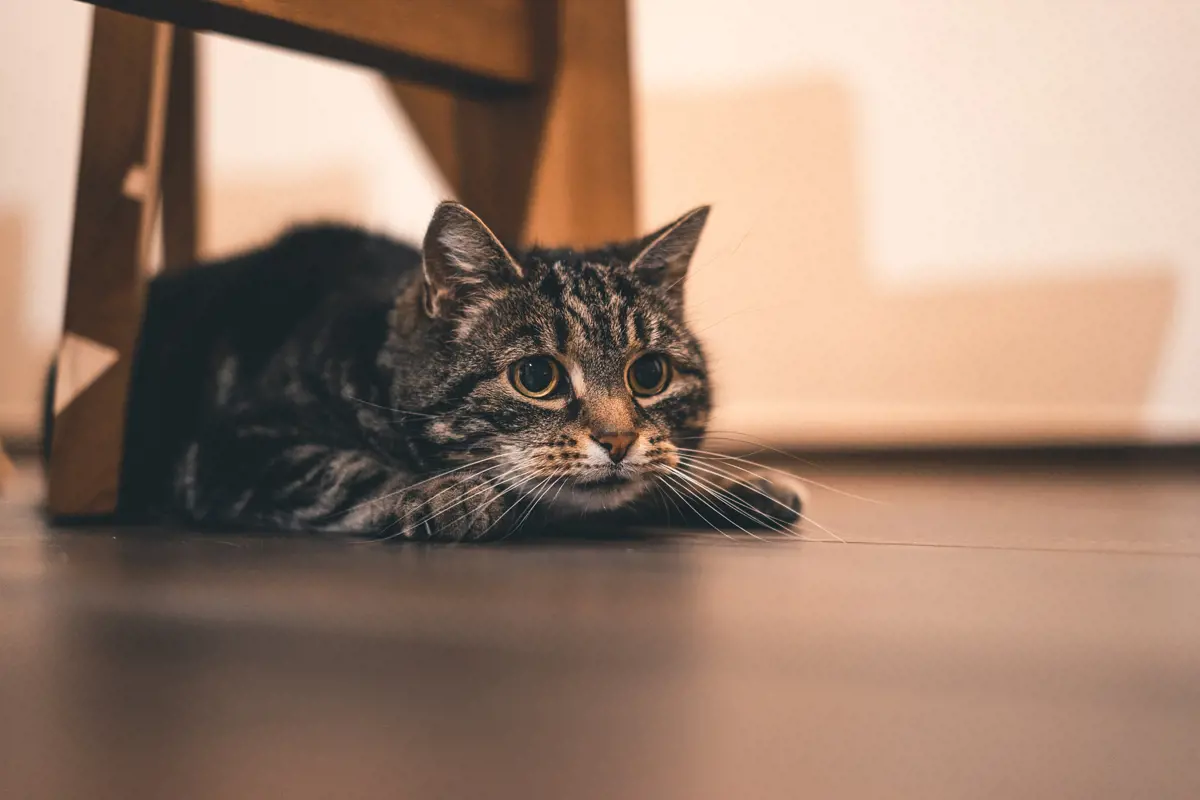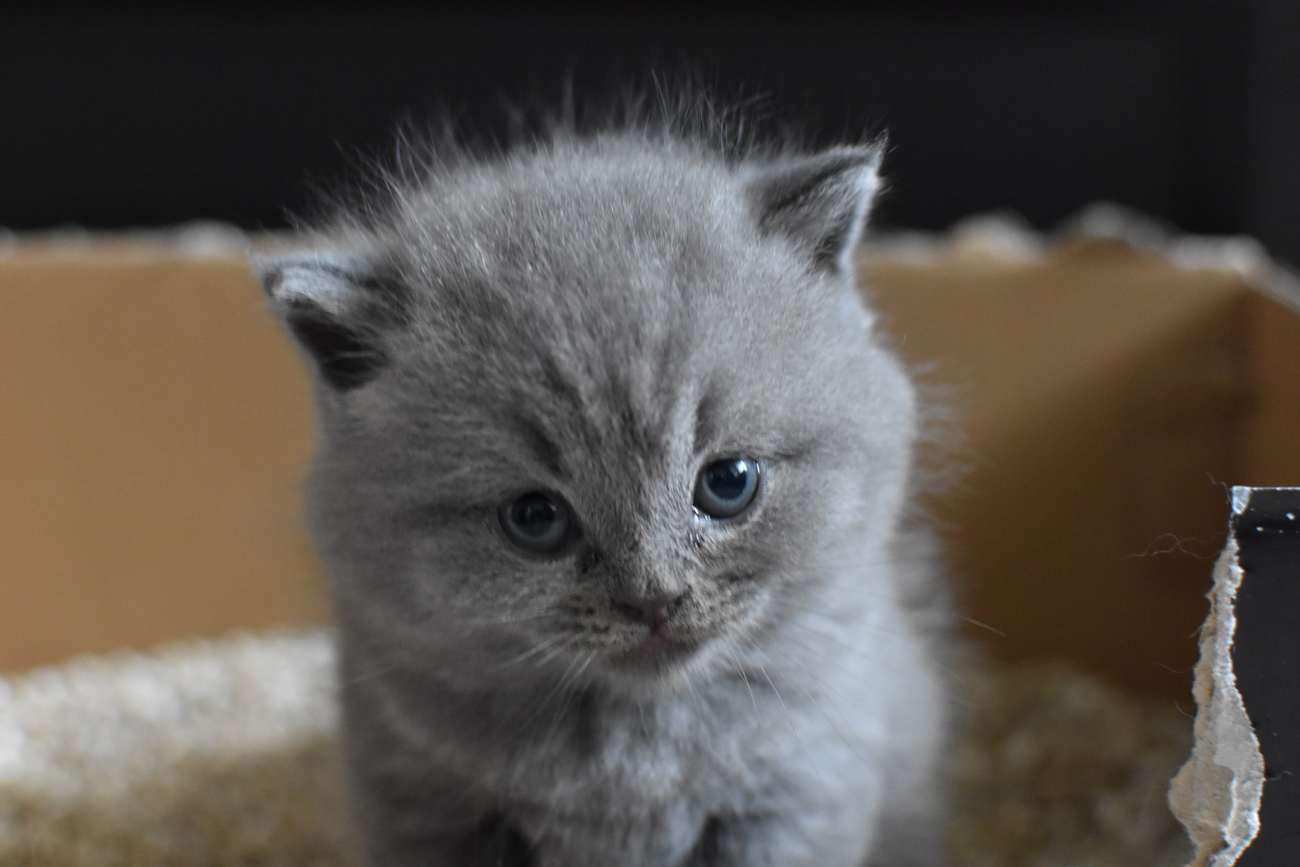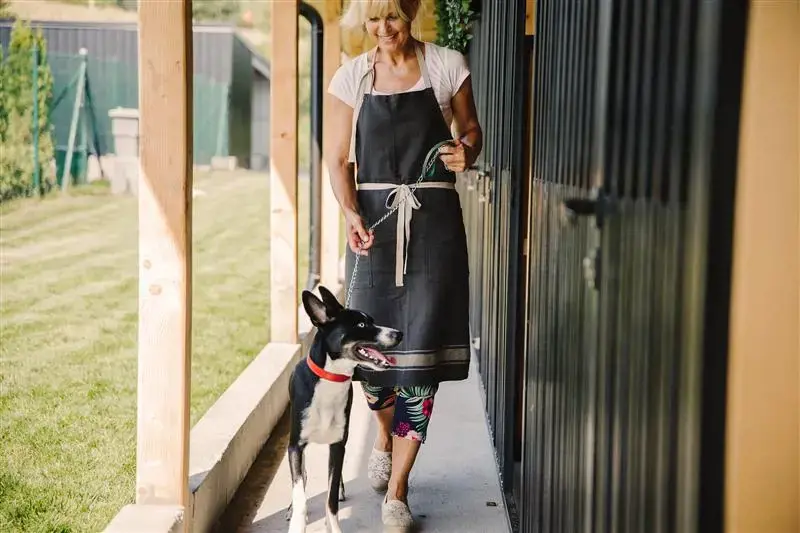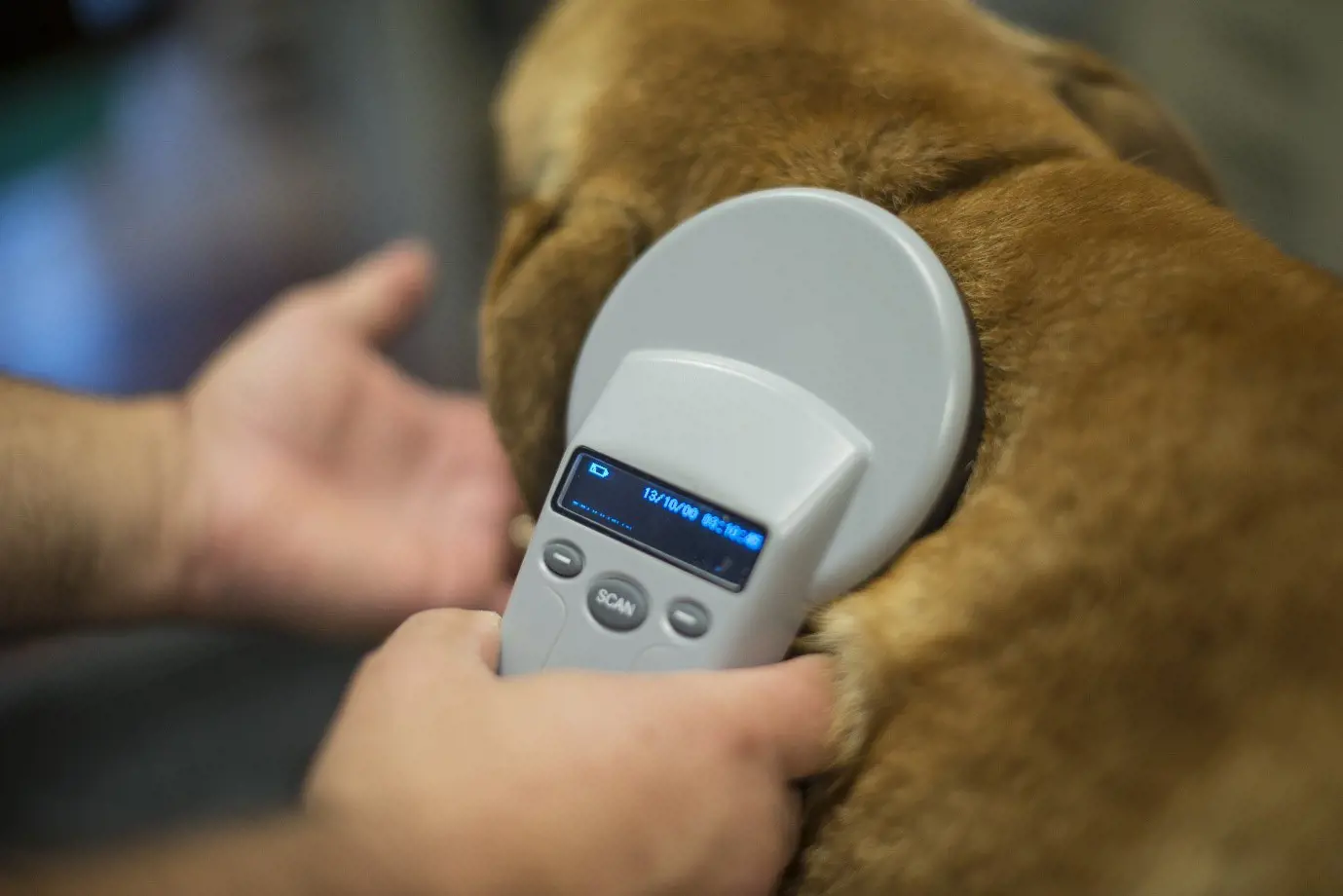*Cover amount will vary depending on whether you have a lifetime bronze, silver or gold policy
How do I train my kitten to use the litter tray?
7th August, 2019

When you welcome a new kitten into your home, you have hours of fun ahead of you. But in those first few days it’s also important to master some of the basic household rules – like where your kitty should go to toilet.
Having a dedicated place where they can do their business in peace is crucial for the wellbeing of your cat. It will also save your carpets from any nasty little surprises!
Training your new kitten how to use a litter tray doesn’t have to be difficult – all you need are some top tips and a bit of perseverance. While training a new kitten is important, it is also possible to litter train an adult cat, although it may take more time. Many cats prefer specific types of litter boxes, such as uncovered options for comfort and safety.
What kind of litter box is best for kittens?
When it comes to choosing the right litter tray for your kitten, you need to think about the size and shape their prefer, as well as the type of litter you actually use. Most cats prefer fine-grain litters for their softer feel.
Your kitten should be able to climb in and out of the tray and turn around with ease, so make sure your little kitty isn’t struggling to get in and out.
It should also be deep enough so that your kitty can dig down and cover its business with the litter.
Choose a tray made of a hardwearing material that’s easy to clean. And talking of cleaning, you should aim to replace the cat litter once a day to keep things fresh and smelling sweet. Regularly scooping and adding clean litter helps maintain appropriate depth and hygiene.
The RSPCA found that wood chips performed best in their kitty litter test but litter usually falls into one of three main categories, namely:
- Clumping litter
- Non-clumping litter
- Silica gel litter
Each type of litter has its own advantages and disadvantages, as Pets4Homes explains, so why not choose one and see which works best for you and your puss? For example, clumping litters absorb lots of fluid but usually creates dust clouds when you change it, which isn’t ideal for asthma sufferers.
And non-clumping litter like wood chips or newspaper might be more environmentally-friendly but it also smells more and disintegrates within seconds of being used.
Don’t use soil from the garden as kitty litter, as this can contain diseases from other cats in the neighbourhood – and you don’t want to have to use your kitty insurance straight after bringing your new kitty home!
When looking for the ideal location to place your kitty litter tray, go for somewhere private and quiet (no one likes to do their business in public!), where your cat won’t be easily disturbed.

Tips for training
As the Blue Cross points out, litter box training involves teaching kittens to use a litter box effectively. Kittens usually learn how to use a litter tray from copying their mothers, but if the mother is not around, you’re going to have to take charge of very young kittens and show them the way.
The charity spells out some top tips that will make litter training easier, namely:
- Place the litter tray away from food and water bowls
- Empty the dirt every night, but leave the remaining litter in place as it will smell familiar and encourage your kitty to come back
- Watch your cat closely and if they start to toilet, physically move them into the tray until they get the hang of going there themselves
- Praise and reward good behaviour when your kitten use their litter tray correctly
- Move the tray closer and closer to the door when your kitty starts going outside
Why won’t my kitten use the litter box?
No kitten will use a litter tray perfectly first time round. But if they still aren’t using it properly after a week or two, there might be other factors at play.
As the PDSA suggests, your kitty could be refusing to use the bathroom tray because:
- They’re stressed
- They’re poorly
- They’re too young
- The tray is in the wrong location
- The tray has litter your cat doesn’t like
- They’re not comfortable in that particular tray
- There isn't enough litter depth
If you’ve followed all the advice but your kitty still refuses to use the litter tray, there might be an underlying problem, so it’s best to talk to your vet to get some professional advice.
Is it normal for young kittens to play in a litter box?
Training kittens involves understanding their preferences and providing a suitable environment. Your furry friend needs patience and persistence during the training process to ensure they feel comfortable and secure.
Cats will usually find more interesting places to play than in their litter boxes but if your puss just keeps digging and digging, there might be something wrong.
Perhaps the tray is still in the wrong place? Perhaps your kitten isn’t comfortable with using the litter box? Perhaps the box isn’t deep enough for their business?
It’s important that you’re patient with your puss – cats are renowned for being fussy but getting their toilet habits right is one of the key training obstacles you need to overcome, so keep switching things up until you find the right combination for you and your kitty.
Multiple cats mean multiple trays
If you have more than one cat, sharing is not an option. Make sure they have their own covered litter boxes and trays. Adult cats instinctively seek out appropriate places to eliminate, but may still benefit from proper box training. Going to toilet is a private business for cats, and the slightest stress can upset their natural rhythm.
Also, as PetMD suggests, if you have more than one cat in your household, the alpha cat may block the path to the other cat’s litter tray to show them who’s boss!
That’s why it’s a good idea to place litter trays in different rooms or at different ends of the house – that way, any potential conflicts can be avoided.
Protecting your new kitten with cat insurance
Whether you have a mischievous older moggie or a brand new kitten that’s ready to take on the world, here at Purely Pets, you can get quick and easy quotes for cat insurance that will protect them wherever they are in their lives.
Purely Pets lifetime cover will give you access to your cat insurance documents 24/7 through our handy Manage My Policy platform, as well as a 24-hour vet helpline should you need to get specialist advice.
With lifetime cover, benefits can include things like:
-
Vet fee cover from £1,000 to £15,000
-
Advertising and reward up to £2,000*
-
Loss by theft or straying up to £2,000*
One of the best things you can do for your pet, as a responsible pet owner, is to get it covered by quality cat insurance.
Helpful Pages
Recent Posts
Pet Insurance Quote
- 98% claims paid *
- Claims paid directly to vets
- 24/7 vet video consultations
- Interest free monthly payments




